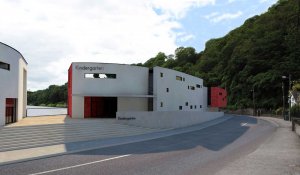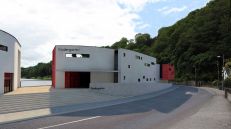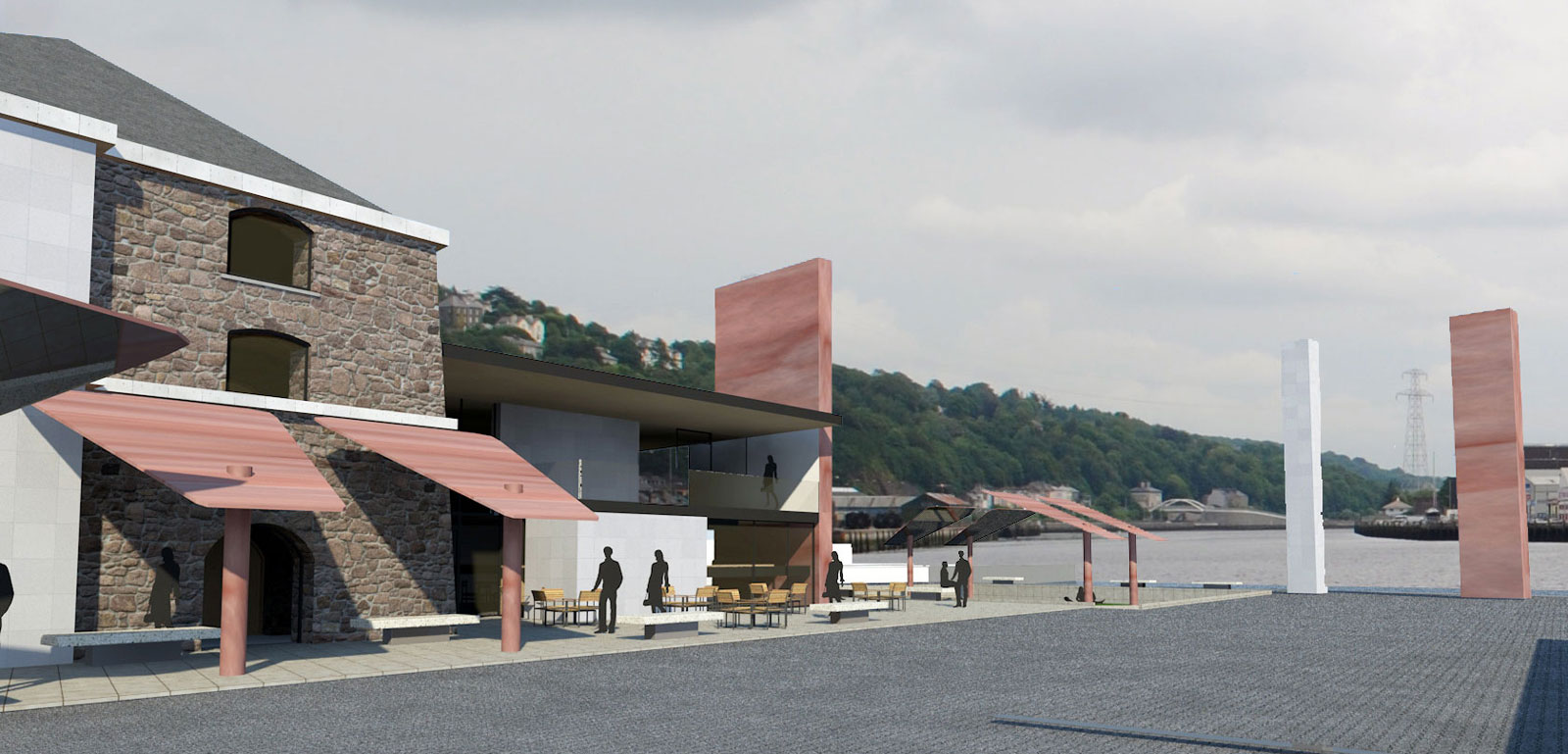Pre-appointment: Following your initial enquiry – prior to being appointed – we will visit the site and meet with you to discuss the project and your requirements. In this initial meeting we will also discuss your budget, and timescales for the project; as well as explaining which services we can provide and which services are appropriate for your project. Following the initial meeting we will compile a fee proposal and a schedule of services which – if agreed – will form the basis of our appointment as your architect. Generally speaking we do not charge for services at the pre-appointment stage.
Post appointment:
Once appointed we will compile a more detailed project programme and we will formalise the ‘Strategic Brief’ for the project.


At this stage we will discuss with you the options for the procurement of your project, and make recommendations for the most appropriate method of procurement.
Surveys and investigations of the site are carried out at this stage and these may include things such as a the measured building survey, and below ground utility searches. If required we will begin to compile a 3 dimensional CAD model of the existing buildings on the site which will form the basis for concept design at the following stages. The ‘Initial Brief’ will be defined at this stage.
For more complex projects we can carry out a feasibility study at this stage in order to investigate the development potential of the site. This would not normally be required for a smaller project such as a house extension.
It is recommended that a financial appraisal be compiled at this stage. If a cost consultant or QS is not appointed by the client we can assist you by preparing an outline project budget plan.



At this stage we will prepare conceptual design proposals. These may be presented in a variety of formats and mediums including sketches, CAD drawings, physical models, or 3 dimensional CAD models. At this stage the design will not be detailed or fixed. Often a number of concept design options will be produced for consideration by the client. This part of the project is normally iterative and workshops or design meetings are held with the client to discuss the concept proposals.
We will discuss the potential for the inclusion of green technologies and sustainable construction methodologies.
If a cost consultant/ QS has not been appointed by the client to provide an initial cost plan, we can assist by obtaining outline costs for the concept proposals from contractors within our supply chain.
The preferred concept design is signed off by the client at the end of this stage, and the ‘Final Brief’ is defined.



At this stage we will develop the preferred concept design proposal, and this is refined into CAD drawings (plans, sections, and elevations). We will hold additional design meetings with you to discuss the developed design. The form of procurement for the project will be agreed; and the project cost and programme are normally reviewed during stage 3. Design changes during this stage are normally tracked and recorded.
If possible and appropriate a meeting may be held with the planning authority to understand any concerns regarding the proposals, and any requirements of the planning submission. Drawings and documents are normally prepared and submitted to the planning authority at the end of this stage of work. Other consents or approvals may be required at this stage of work, and applications may be required to statutory providers or utility companies; although these applications may sometimes also be made in the next stage of work.

Under a traditional form of procurement we will prepare detailed and coordinated construction information at this stage of work. This information will normally consist of detailed drawings specifications, and/or a detailed schedule of work. The information will be fully coordinated with any other consultants (such as the Structural Engineer). If appropriate at this stage we may obtain quotes from specialist suppliers (such as door and windows companies). A Building Regulations submission is normally made at this stage either to local authority Building Control or to an Approved Inspector; we will discuss these issues with you in detail. Under a traditional form of procurement the technical design information produced at this stage should enable contractors to price the construction works when these are issued for tender.

Pre-appointment: Following your initial enquiry – prior to being appointed – we will visit the site and meet with you to discuss the project and your requirements. In this initial meeting we will also discuss your budget, and timescales for the project; as well as explaining which services we can provide and which services are appropriate for your project. Following the initial meeting we will compile a fee proposal and a schedule of services which – if agreed – will form the basis of our appointment as your architect. Generally speaking we do not charge for services at the pre-appointment stage.
Post appointment:
Once appointed we will compile a more detailed project programme and we will formalise the ‘Strategic Brief’ for the project.

Depending on how the project is procured, tendering may occur anywhere between stage 2 and stage 4. Early on in the project we will discuss with you various options for tendering your project. With a traditional form of procurement, tendering usually occurs after stage 4 at which point the technical information is sent to a number of contractors for competitive tendering/ pricing.
We have a number of contractors within our supply chain who are ‘tried and tested’ and we can offer recommendations for contractors if necessary. We will assist you in compiling a tender list of suitable contractors to undertake your project. In the absence of the client appointing a cost consultant/ QS, we can provide services to analyse the tenders returned by contractors. We are also able to assist you in selecting the most suitable contractor for your project and negotiating an agreed Contract Sum.

Under a traditional form of procurement , after the construction works are certified as ‘Practically Complete’, there is normally a ‘Defects Liability Period’ (typically between 3 months and a year). Any defects must be recorded at the end of this period, and rectified by the Contractor. At this stage we will compile a schedule of defects for rectification by the Contractor.
A retention is held from the Contractor until the end of the Defects Liability Period. Once the Contractor has rectified any defects we will issue an Architect’s Certificate for the payment of the retentions. At the end of this stage, once the Contractor has fulfilled their obligations, we will issue the Final Account and our Final Certificate for the Works.

Pre-appointment: Following your initial enquiry – prior to being appointed – we will visit the site and meet with you to discuss the project and your requirements. In this initial meeting we will also discuss your budget, and timescales for the project; as well as explaining which services we can provide and which services are appropriate for your project. Following the initial meeting we will compile a fee proposal and a schedule of services which – if agreed – will form the basis of our appointment as your architect. Generally speaking we do not charge for services at the pre-appointment stage.
Post appointment:
Once appointed we will compile a more detailed project programme and we will formalise the ‘Strategic Brief’ for the project.

We will work closely with you to understand your requirements and discuss how we can provide the appropriate architectural services at each stage of your project. We work on a variety of project types, and understand that every new project presents unique challenges and opportunities. At the same time we understand that the needs and requirements of each new client are different from the last.


